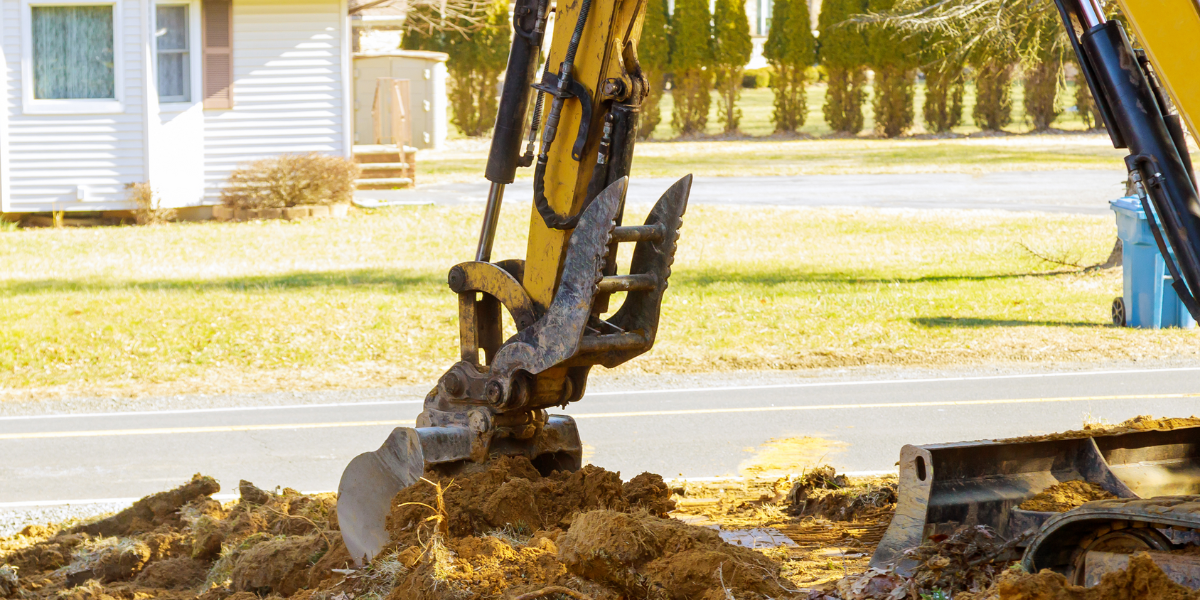
This article was published in the 2024 Excavation Safety Guide.
If the Common Ground Alliance’s (CGA) goal of reducing damages by 50% over the next five years is to be achieved, unprecedented collaboration across the industry is required, with each stakeholder group taking ownership and committing to necessary improvements.
Excavators play a critical role in this effort. Doubling down on safe work practices and proper use of 811, expanded enforcement, and education programs are essential.
Failure to notify continues to be the most persistent singular root cause of damages year-over-year, with 77% of no-call damages attributed to professional excavators in 2022. Landscaping/fencing, water/sewer and construction are the top types of work performed when professionals cause no-notification damages.
An analysis of data from seven states revealed that as often as 56% of the time, an excavator cannot legally begin work on their planned start date. Telecom and water/sewer operators are the largest contributors to instances in which excavators cannot state and federal infrastructure spending, it is imperative that we address the timeliness and accuracy of locating.
How Can We Improve?
Here are a few key takeaways from the CGA report:
- Focus on behavior change. 811 outreach to excavators should focus on behavior change – particularly consistent and effective use of 811 – and tailor messages to professional vs. private property excavators, focusing on the types of contractors and digging activities driving the majority of non-notification damages.
- Restore confidence in the 811 system. Consider out-of-the-box ideas for meeting locating demand while reducing unnecessary locate requests; invest in locating process efficiencies and technologies.
- Prioritize tolerance zone safety. Prioritize tolerance zone safety on the jobsite (pothole, maintain marks, use observers to help maintain clearance (see CGA Best Practices 5-17 through 5-20), in trainings, via technology investments (e.g., vacuum excavators) and through contract structures.
- Provide excavators with access to additional information. Provide excavators with access to additional information such as map visualizations of the jobsite through processes like Enhanced Positive Response (see CGA Best Practice 3-31).
Conclusion
Excavators play a critical role in the damage prevention process. By doubling down on safe work practices, proper use of 811, and tolerance zone safety, excavators can help the industry achieve CGA’s “50-in-5” goal. In addition to the above recommendations, excavators can also work closely with other stakeholders, such as facility owners/operators and locators. By communicating effectively and collaborating on best practices, we can all create a safer and more efficient work environment for everyone.
Jemmie Wang was former Co-Chair of CGA’s Damage Reporting and Evaluation Committee. Mr. Wang is a partner with BizMetrix, LLC and has over 20 years’ experience in the damage prevention industry as an executive, consultant, and entrepreneur.

![ESM Sidebar Ad[87] ESM Sidebar Ad[87]](https://excavationsafetyalliance.com/hubfs/ESM%20Sidebar%20Ad%5B87%5D.gif)



Comments